[ez-toc]
Maintaining a strong and stable core is crucial for overall spinal health and proper body alignment. The core muscles, including the abdominals, back muscles, and pelvic floor muscles, play a vital role in providing support to the spine and maintaining proper posture.
In this article, we will explore a selection of core exercises that specifically target spinal stability, helping you strengthen your core muscles and promote a healthy spine.
Introduction
A stable core not only helps prevent back pain and injuries but also enhances overall functional movement and performance.
By incorporating targeted core exercises into your fitness routine, you can improve your spinal stability, reduce the risk of spinal misalignment, and enhance your overall physical well-being.
Importance of Core Stability for Spinal Health
Core stability refers to the ability of the core muscles to work together effectively, providing support and stability to the spine.
When the core muscles are strong and properly engaged, they help distribute the load evenly throughout the spine, reducing the strain on individual vertebrae and preventing excessive movement that could lead to injury.
Strong core muscles also help maintain proper posture, reducing the risk of postural imbalances and associated back pain.
Core Exercise
Core Exercise 1: Plank
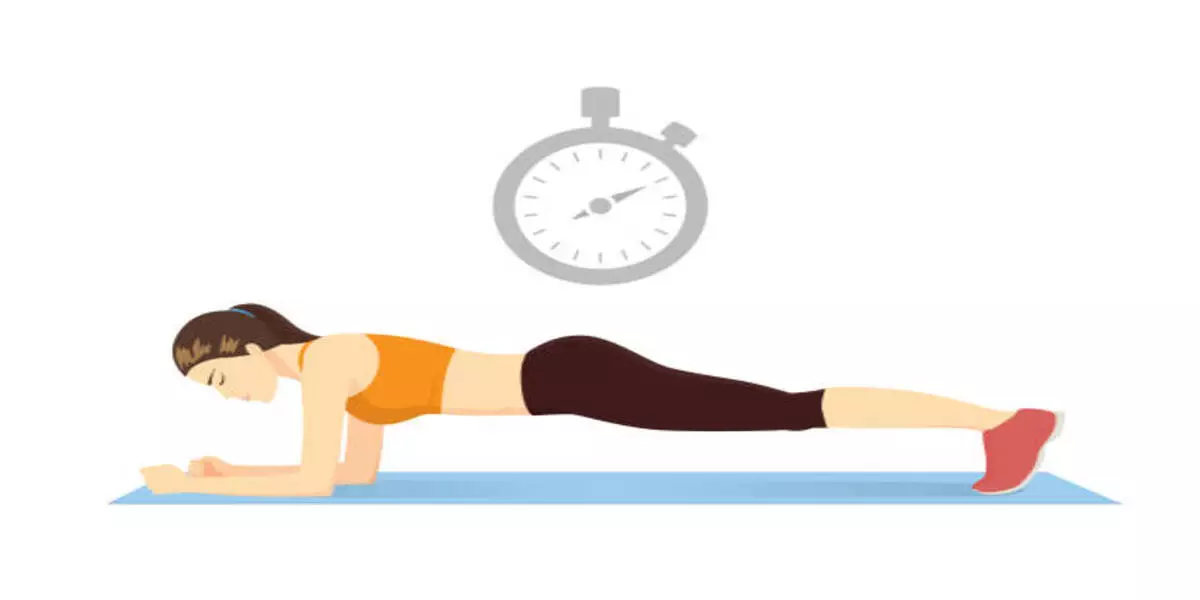
The plank is a classic core exercise that targets the abdominal muscles, back muscles, and stabilizing muscles along the spine.
- Start by assuming a push-up position with your forearms resting on the ground and elbows positioned directly under your shoulders.
- Engage your core muscles by drawing your navel toward your spine.
- Keep your body in a straight line from head to heels, avoiding sagging or raising your hips.
- Hold the position for 30 seconds to 1 minute, gradually increasing the duration as your strength improves.
Core Exercise 2: Bird Dog
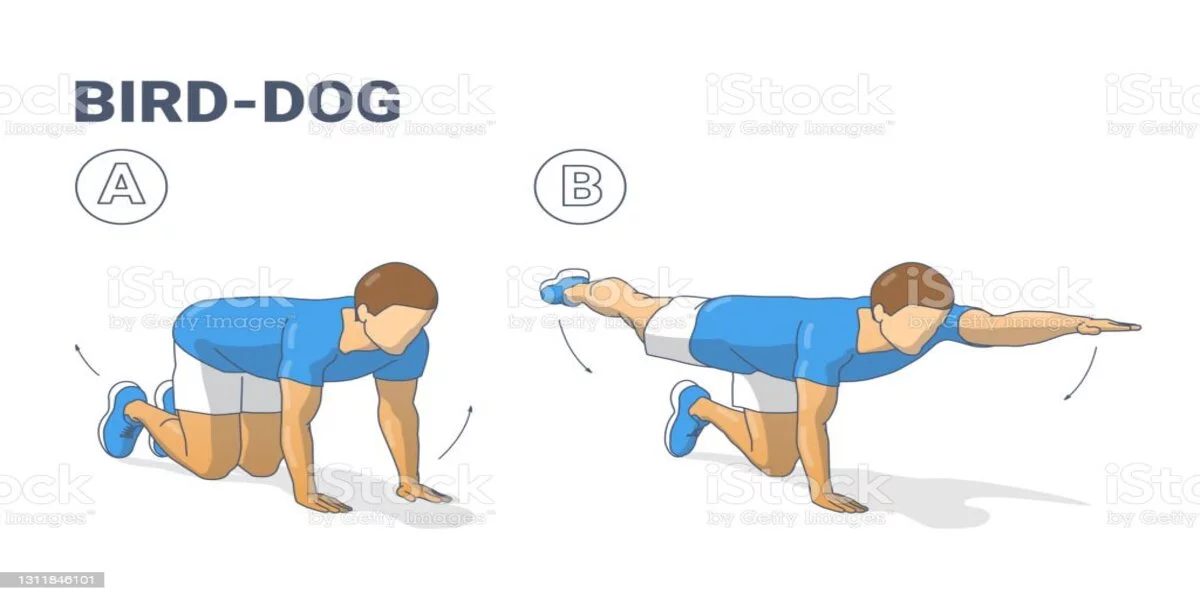
The bird dog exercise strengthens the muscles in the back and abdominals, promoting spinal stability and balance.
Also Read: The Role of Exercise in Managing Arthritis Symptoms
- Begin on all fours with your hands under your shoulders and knees under your hips.
- Extend your right arm forward while simultaneously extending your left leg backward.
- Keep your spine in a neutral position and avoid arching your back.
- Hold the position for a few seconds, then return to the starting position.
- Repeat the movement on the opposite side.
- Perform 10-12 repetitions on each side.
Core Exercise 3: Dead Bug
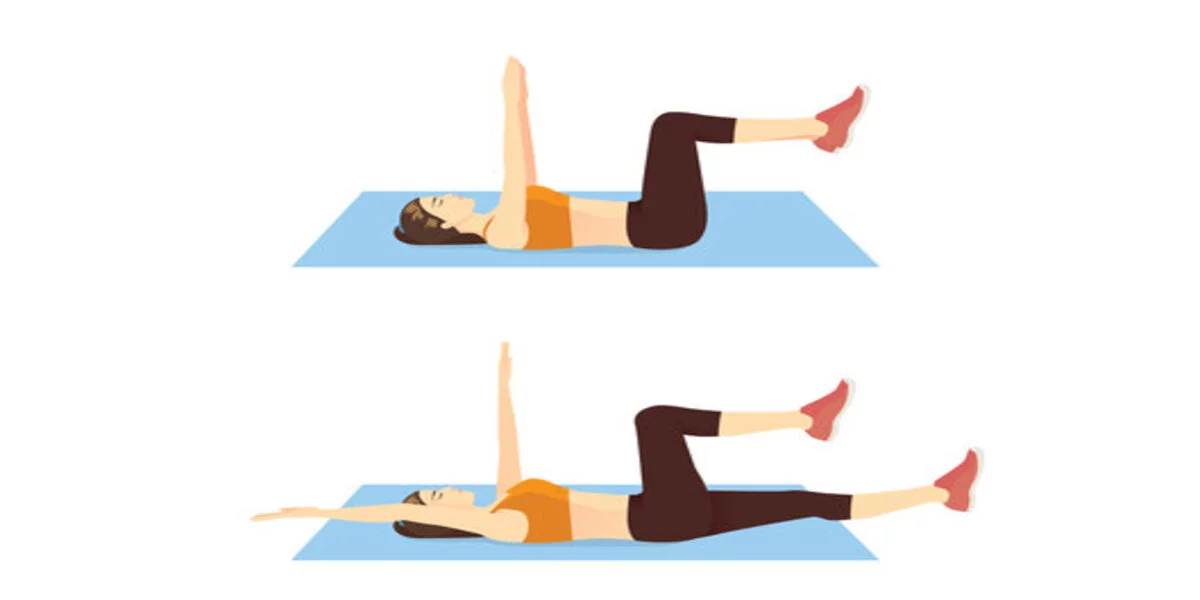
The dead bug exercise targets the deep core muscles, improving stability and coordination.
- Lie on your back with your arms extended toward the ceiling and your knees bent at a 90-degree angle.
- Engage your core by pressing your lower back into the floor.
- Slowly lower your right arm and left leg toward the ground, maintaining stability in your core.
- Return to the starting position and repeat the movement on the opposite side.
- Continue alternating sides for 10-12 repetitions.
Core Exercise 4: Bridge
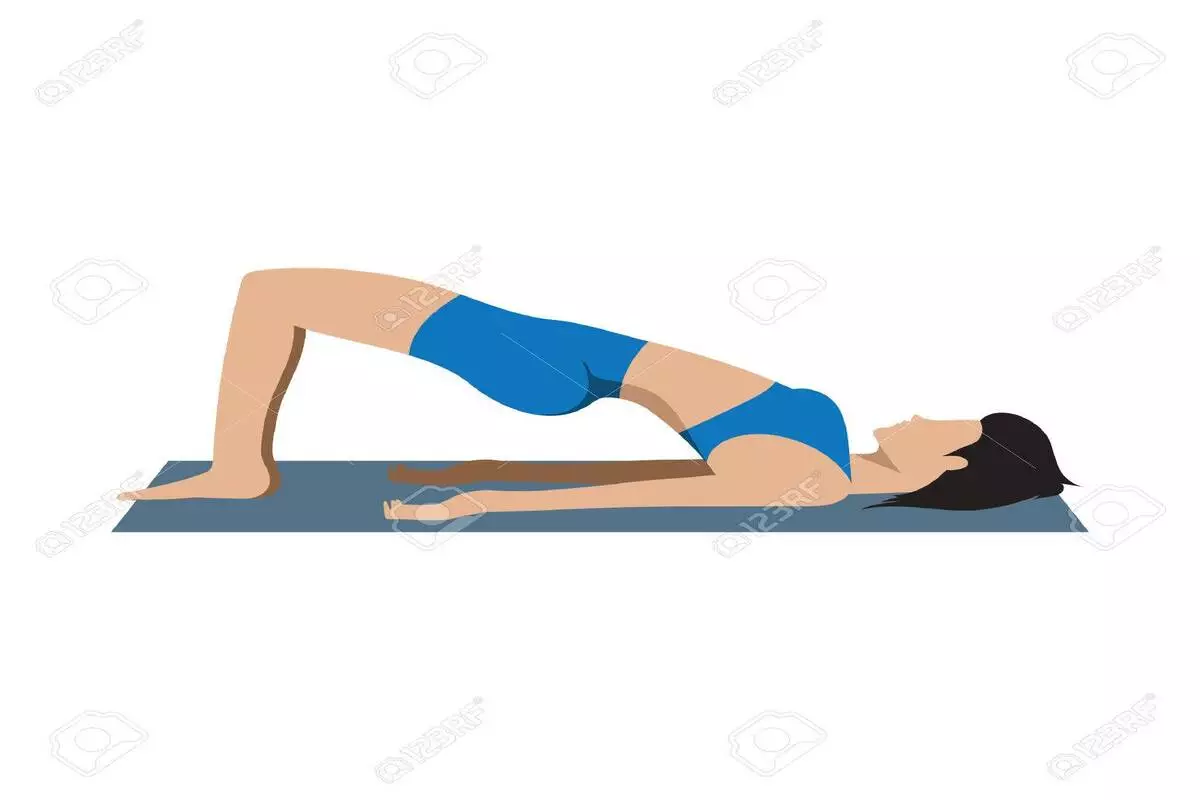
The bridge exercise strengthens the glutes, lower back, and core muscles, promoting spinal stability and hip strength.
- Lie on your back with your knees bent and feet flat on the ground, hip-width apart.
- Engage your core and glute muscles as you lift your hips off the ground, creating a straight line from your knees to your shoulders.
- Hold the position for a few seconds, then lower your hips back down.
- Repeat for 10-12 repetitions.
Core Exercise 5: Side Plank
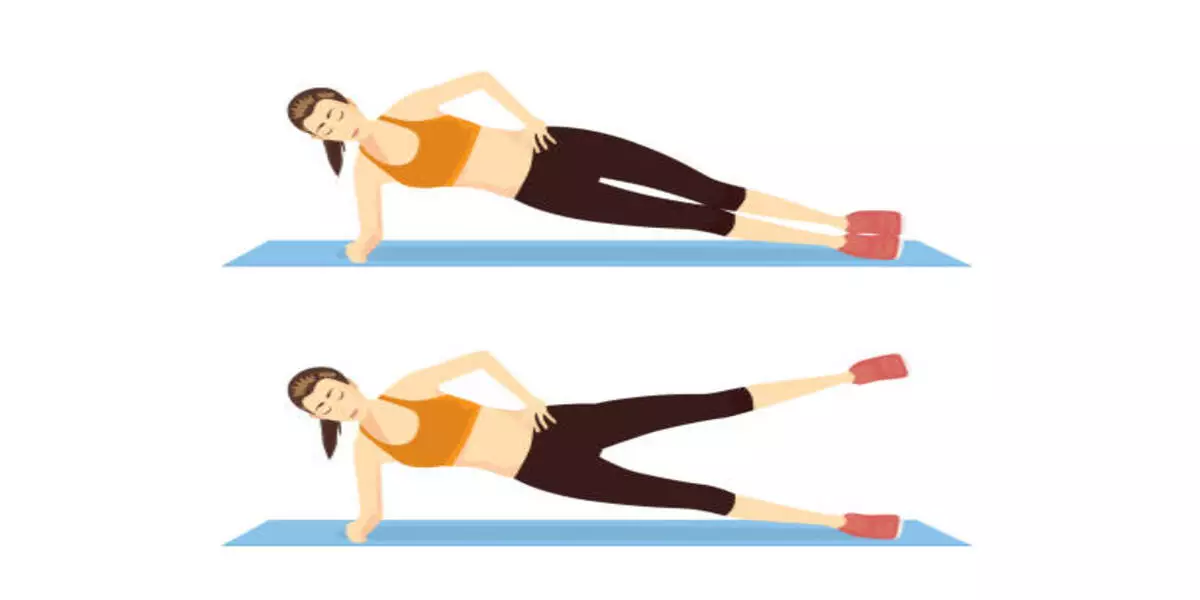
The side plank targets the obliques and deep core muscles, promoting stability and balance.
- Start by lying on your side with your forearm on the ground and your elbow positioned directly under your shoulder.
- Engage your core and lift your hips off the ground, creating a straight line from your head to your feet.
- Hold the position for 30 seconds to 1 minute, then switch sides and repeat.
Safety Tips for Core Exercises
- Maintain proper form throughout each exercise, focusing on engaging the core muscles and avoiding excessive strain on the spine.
- Start with exercises that match your current fitness level and gradually progress to more challenging variations as your strength improves.
- If you have any pre-existing back conditions or injuries, consult with a healthcare professional or a certified fitness trainer before attempting core exercises.
- Listen to your body and stop any exercise that causes pain or discomfort.
- Breathe consistently and avoid holding your breath during core exercises.
Conclusion
Strong core muscles are essential for spinal stability and overall back health.
By incorporating targeted core exercises into your fitness routine, such as planks, bird dogs, dead bugs, bridges, and side planks, you can strengthen your core and promote spinal stability.
Remember to maintain proper form, start at an appropriate level, and listen to your body. With consistent practice, you can improve your core strength and support your spine’s health.




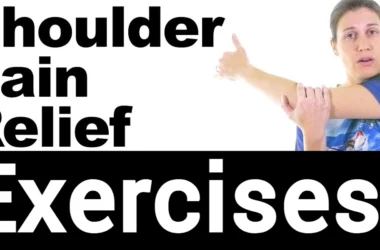


I have arthritus almost everywhere. I’m 81 and something hurts off and on. I love the pressure points that you have shown. I simply have a problem organizing these exercises. Like doing step 1, 2, 3. etc. also once on the floor I can not often get up without a huge struggle. Do you sell a book or anything that lists everything step by step?
OOPS….I just downloaded the info on arthritus. I should read first, ask questions later.
]
I have read so many posts concerning the blogger lovers however this post is really a
good piece of writing, keep it up.